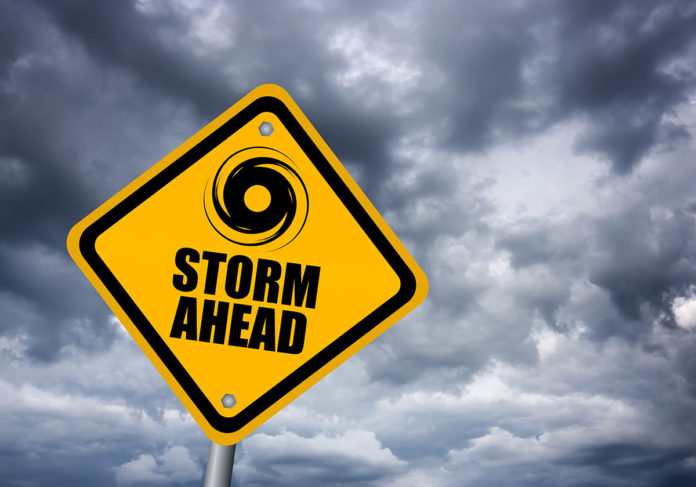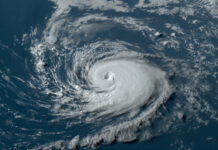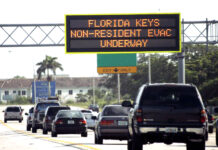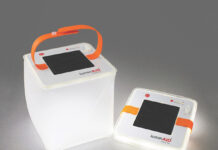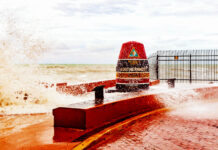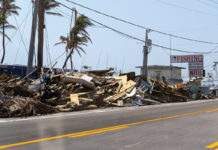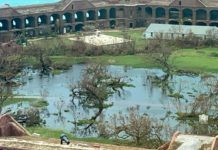Yes, it’s that time of year again. Actually, it’s been that time of year for a few weeks. But a few of us may have been a little complacent due to the relative lack of storm activity to date. We can only hope that the inactivity continues. But since we all know what can happen, it’s wise to give some thought to kid-focused hurricane prep as we say goodbye to summer and get into our fall routines.
There are many, many good hurricane references that are available (Including the Weekly’s gorgeous hurricane guide —Ed.). That said, some of them are a little light on kid care during storms. What I hope to do here is rectify that by giving you a couple of things to think about while this season rolls around.
When we’re talking about making good on our plans to protect kids — in particular, infants and young children — it’s helpful to review what’s different about them:
- Some of our more reckless visitors aside, they are more prone to behaviors that can cause injury, which is a consideration when new dangers are out there. In particular, remember that infants and young children can get into trouble in a very small amount of water.
- Their higher metabolisms mean more food and water per pound of kid.
- They are more easily affected if exposed to toxic chemicals and infections. (And keep in mind: if they’re not immunized, their risk is greatly multiplied in this situation.)
- Our youngest can’t control their temperatures as well, which can lead to hyperthermia in non-A/C environments, and even hypothermia if they’re exposed to lots of water.
Finally, remember that although adults can choose to take the risk of riding out the storm, kids can’t make that choice, and it really is our job to keep them safe. I was very happy to see that although about half my friends without children stayed during Irma, almost all my families with kids evacuated.
In terms of your child-appropriate hurricane kit, in addition to what’s in a lot of the other manuals, here are a few things to think about including:
- Copies of all shot records. Even better, a concise medical record on everyone, especially if there’s a chronic illness among the bunch.
- Adequate infant formula—and if you’re breastfeeding, it’s worth giving consideration to postponing weaning until the season is over.
- Plenty of diapers and wipes!
- We don’t use a lot of over-the-counter medicines in young children any more, but a fever reducer (acetaminophen, ibuprofen) is still appropriate, as is a supply of children’s electrolyte solution (such as Pedialyte) for diarrhea.
- Band-aids and antibiotic cream for boo-boos are good ideas. For infants, a nose bulb and some saline nose drops for colds. Children over the age of 1 can have a honey-based cold med, and children over 6 can use age-appropriate over-the-counter cold meds. When in doubt, check with your provider.
- An appropriate supply of your child’s prescriptions. Since weather changes and mold can trigger asthma, it’s important to have meds for that condition if your child suffers from it — and now’s a great time to make sure their baseline control is good.
Having lived through a couple of hurricanes myself (Irma and Bob), I have a healthy respect for them, and it’s never too early to prepare. Keep the information handy, glance at it now and then, and choose something each year — Pride flags? Fireworks? Hemingway lookalikes? — that will jog your memory and goad you into being ready.















